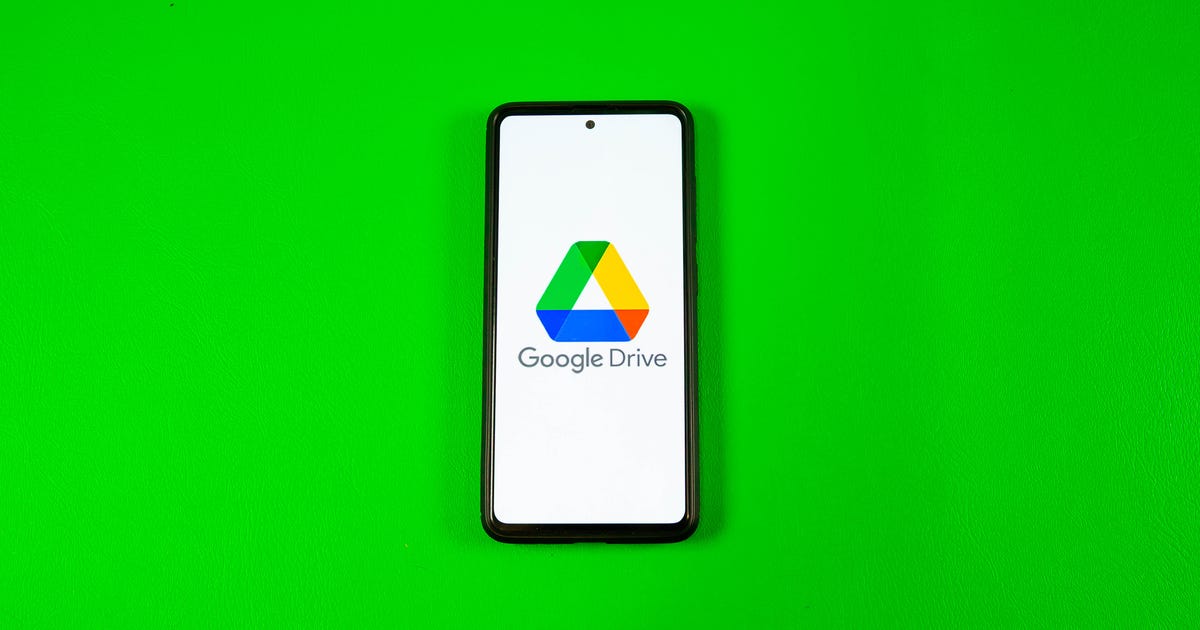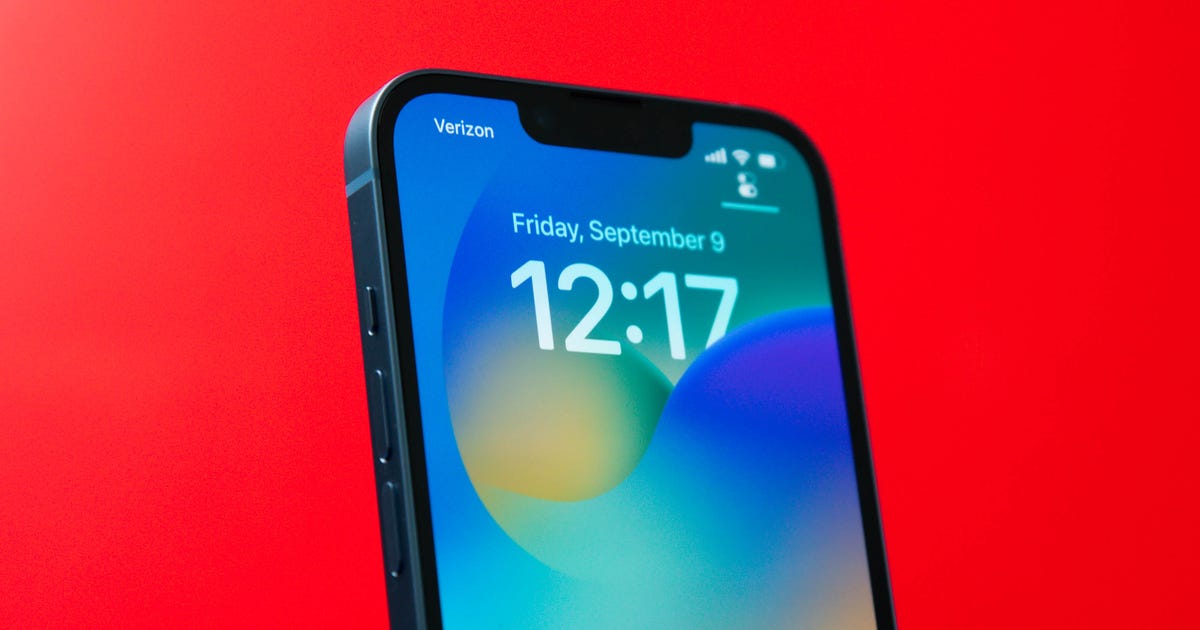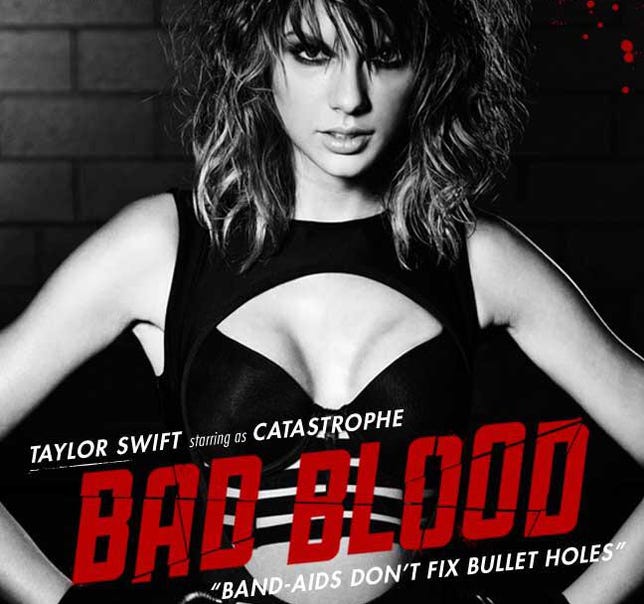
twitter.com/taylorswift13
YouTube has over 1 billion people using it to watch videos, and a huge number of those viewers are watching music. That makes it the biggest place in the world for finding and listening to music, making it a platform the record industry simply can’t ignore — but amid the ongoing controversy over how we pay for music in the digital age, some recording business insiders think YouTube’s sheer size allows it to get away with too much.
“Labels and publishers look at [streaming service] Spotify whenever any changes in the industry happen,” said Eric McKay, head of digital in Europe for music publishing body Warner/Chappell Music. “But every time we as an industry tell Spotify they can’t do something, Google goes ‘f**k off, we’re doing it anyway’ and they just do it. And we have to scrap around after them to make it work.”
McKay is one of the folks from bands, record labels, publishing companies, collections agencies and other components of the recording industry gathering this week at the UK’s Sound City 2015 music business conference in Liverpool. The hot topic debated as the river Mersey flows past outside is how digital services like Spotify, YouTube, Tidal and others pay the artists they rely on to fill their catalogues — and their coffers.
Spotify and streaming services are increasingly a target for artists like Taylor Swift, Radiohead’s Thom Yorke or Portishead’s Geoff Barrow, who are unhappy with the paltry level of royalty payments they receive from making their music available on streaming services.
34,000,000 streams
Income After tax = £1700
Thank U @apple@YouTube@Spotify
especially @UMG_News for selling our music so cheaply.
— Geoff Barrow (@jetfury) April 13, 2015
Rival service Tidal even made the fair remuneration of artists its unique selling point when owner Jay Z recruited big-name mates including Kanye West, Rihanna and Coldplay for the outspoken launch. But while it’s not without faults, perhaps streaming is unfairly singled out.
In fact, McKay is unequivocal: “YouTube is a much bigger problem.”
“The record industry has an incredibly conflicted view about [YouTube]”, said self-described “music industry bigmouth” Mark Mulligan of analysts MIDiA Research. “You walk into a record label; the people on the marketing side say ‘We can’t sell music without YouTube’, and the people on the commercial affairs side say ‘We can’t sell music because of YouTube’ — and both of those are true.”
From wax cylinders to Auto-Tune: The technology that changed music
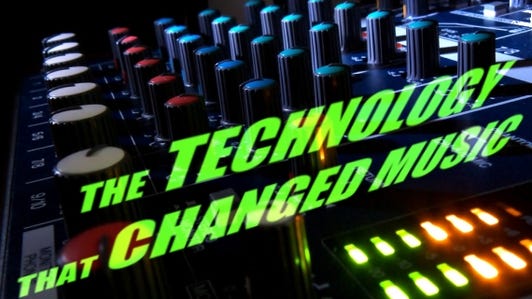

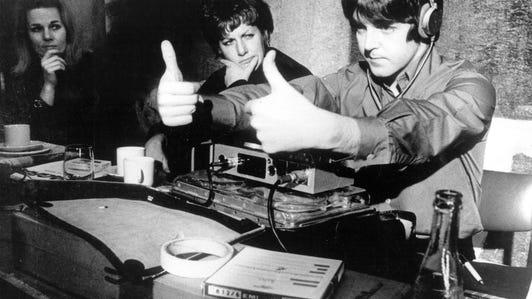



YouTube claims it’s different from other music services and doesn’t have to pay copyright royalties to artists, labels and other copyright holders for the music its viewers enjoy. Yet after Taylor Swift pulled her music from Spotify last November in a tantrum over paltry royalties, her videos stay on YouTube where they earn advertising revenue but no copyright royalties.
For a popular artist like Swift — whose “Bad Blood” video racked up 53 million views in a week while “Blank Space” is on 867 million and counting — the advertising moolah makes it worthwhile. “We’ve paid out more than a billion dollars to the music industry in the last few years,” a YouTube spokesperson told me. “We’ve separately paid out more than a billion dollars to copyright owners who’ve monetized their music through Content ID” (that’s YouTube’s system for tracking the use of an artist’s music, even in videos uploaded by other people, giving the artist to block those videos or earn money from them).
Gideon Mountford of Believe, a multichannel network that helps artists and labels work with YouTube, is pragmatic about the question of whether putting your music on YouTube draws people away from other outlets such as iTunes or Spotify that earn non-ad revenue on sales and streams.
“When YouTube launched everyone saw it as a promotional thing, like MTV or whatever,” he said. “Now it’s the biggest place for music discovery and consumption, and if you look at the revenue compared to potentially other services, is it in line with [that revenue]? That’s debatable. But if you don’t utilise YouTube, you’re not putting your content in the biggest place for people discovering and consuming music. You’re losing the ability to increase your audience size.
YouTube and the future of music
- YouTube’s Music Key: Can paid streaming finally hook the masses?
- Generation YouTube: Today’s fastest-rising stars aren’t coming out of Hollywood
- The new Spotify with video: Part tunes, part TV, part fortune-teller
- Taylor Swift is right about music, wrong about Spotify, says CEO Ek
- Streaming may save record industry, says one insider
“It’s a tough question because for different labels and different rightsholders it’s going to be a different answer. What we find is effective is utilising YouTube to send people to Spotify or iTunes or whatever it might be, to increase revenue across all platforms.”
How does YouTube get away with not paying out copyright royalties? “There’s an inequality in the marketplace where we have a piece of the legislative framework called safe harbour”, explained Mulligan. Safe harbour rules are designed to give legal protection to companies such as, for example, Internet service providers in case their users do something dodgy using the service they provide. YouTube claims it’s covered by this law because the service is only a conduit for people to post content. As a result, said Mulligan, “YouTube has got a far bigger catalogue than any other music service will ever have under the current framework, and it does so because it doesn’t have to license it on a work-by-work basis.”
YouTube’s owner Google stands by this argument, aided by, in Eric McKay’s words, “the biggest, scariest lawyers you’ve ever met.” But Mulligan believes Google is exploiting the law. “Safe harbour was designed to protect people from having users misusing their service. It wasn’t designed for big companies to make loads of money out if it.”
He believes YouTube’s excuses for not paying out copyright royalties don’t hold up to scrutiny. “YouTube’s argument is that ‘we don’t know what’s going on in our network, so therefore we can’t be treated like everyone else.’ The strange thing is, if something like beheadings or child porn appear they can get rid of it really quickly, so YouTube has a proven ability to find content on its network. They’ve chosen not to find music content on their network.”
McKay argued that, “YouTube will just go and do it [offer music to viewers], because for YouTube it’s less about music and more about what their users want. They just do it and we as an industry need to adapt to it.”
YouTube has launched a service that counters the criticisms around remuneration from the industry: Music Key, launched in November last year. Music Key strips out the ads from YouTube videos, plays music in the background on your mobile device, and caches video to watch and listen when you don’t have Internet access — basically the same features included in Spotify premium subscription for the same price of £9.99 or $9.99 per month. If you’ve never heard of it, don’t worry: YouTube hasn’t drawn attention to the nascent service, which is still in beta.
“The YouTube Music Key beta participants have been a huge help in our goal of building the best subscription possible for both artists and fans,” a YouTube spokesman said Friday. “To thank them, we’re extending their free trial, and we look forward to bringing this service to everyone.”


Now playing:
Watch this:
YouTube Music Key
2:47
“YouTube knows they’ve got this huge audience and they want to have a certain percentage to pay £9.99 a month,” said Mountford. But success isn’t guaranteed: “It’s a tough space. Look at Spotify: they’ve got 50 million subscribers now but look at how much revenue they’re losing. Look at how much revenue is going through to artists.”
Spotify’s 50 million active users still makes up just 5 percent of YouTube’s monthly audience — if YouTube can convert even a fraction of that audience into paying subscribers it’ll be onto a winner. But the big question is whether viewers will want to. “There’s got to be a value there,” said Mountford. In a contender for the understatement of the year, he says, “YouTube at the moment is great value for the viewer…why would they pay £9.99? What additional features have to be there for that to happen?”
If YouTube’s Music Key can convince people to start paying for music again, that will be welcome news for the rightsholders currently not earning copyright royalties from YouTube. “I think we all want the subscription service to work,” said Mountford, “because it’s essentially more revenue than what rightsholders have on YouTube now.”
Update, May 23 at 6:27 a.m. PT: Adds further comment from YouTube.



